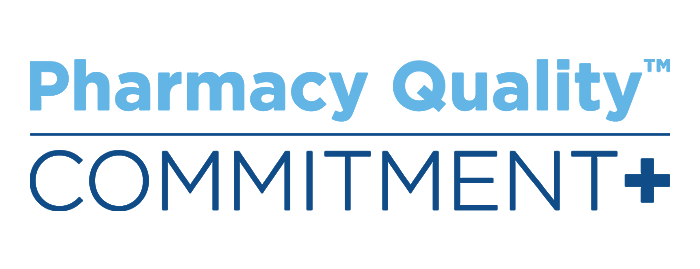Complete Story
Medication synchronization legislation heads to the desk of Governor John Kasich!
After two years of legislative work on the issue, we are pleased to report that HB 116, legislation aimed at expanding patient access to pharmacist-provided medication synchronization services, has passed both the Ohio House and Senate unanimously!HB 116, sponsored by Reps. Tim Brown (R-Bowling Green) and Tim Ginter (R-Salem), would allow patients with prescriptions for chronic diseases or conditions (including, but not limited to, heart disease, cholesterol, COPD, high blood pressure, etc.) to permissively participate in a process with their physician and pharmacist to align their medications to be refilled on the same day. The process, referred to as "medication synchronization" or "med sync," can help improve patient adherence by having all the patient's prescriptions ready for pick up on the same date each month. In addition to minimizing disruption of treatment through delayed or missed refills, the National Community Pharmacists Association (NCPA) says that med sync boosts patient adherence rates by more than 30 percent.
Specifically, HB 116 would require commercial plans and Medicaid to offer coverage of med sync services to patients, while also providing for coverage of partial drug refills with pro-rated copays, plus full dispensing fees for pharmacies, in order to achieve synchronization and allow the pharmacist to receive the customary dispensing fee for filling a partial script.
It is estimated that 21 percent of Americans use three or more medicines and 10 percent take five or more medicines. Using multiple medications increases with age, with almost 40 percent of U.S. adults aged 65 and older using five or more medicines. Patient and caregiver lives are simplified by eliminating multiple trips to the pharmacy each month and streamlining the refill process. It is also estimated that at least 125,000 Americans die annually due to poor medication adherence. As adherence declines, emergency room visits increase by 17 percent and hospital stays rise 10 percent among patients with diabetes, asthma, or gastric acid disorder. Data shows that as many as half of all patients do not adhere faithfully to their prescriptions, and the result is more than $290 billion spent each year on avoidable medical treatment.
OPA feels HB 116 is a significant step in improving medication adherence, lowering health care costs, and reducing hospitalizations in Ohio.
Having received the necessary votes to advance through the legislature, HB 116 now moves to the desk of Governor John Kasich!
For additional information, please see the sponsor testimony from Reps. Ginter & Brown on the bill, which spoke of the benefits of med sync and the boosted adherence rates that studies attribute to the service. Also, OPA gathered supporters to testify in support of the bill in the House & Senate, including OPA Executive Director Ernie Boyd and OPA member and Vice President of Regulatory Compliance at Exact Care Pharmacy, Todd Donnelly. Both Ernie and Todd discussed the benefits of medication synchronization for patients, and the value of pharmacists moving to a more appointment-based model where patients receive all their medications at the same time, and the pharmacist has a better opportunity to counsel them on their therapy.
Additionally, those submitting proponent testimony in favor of HB 116 included OPA members AJ Caraballo with The Hometown Pharmacies and Steve Ferris with Discount Drug Mart; Larke Recchie with the Ohio Association of Area Agencies on Aging; Jeff Stephens with the American Cancer Society Action Network; Thomas Houston with the Ohio Academy of Family Physicians; Tim Maglione with the Ohio State Medical Association; Jimelle Rumberg with the Ohio Foot & Ankle Medical Association; Michael Podgurski with Rite-Aid; Matt DiLoreto with the National Community Pharmacists Association; and Tom Menighan with the American Pharmacists Association.
We would like to thank our members who have been a crucial part of advancing this bill through the legislature. Through your meetings, phone calls, legislative days, and letters, we were able to achieve unanimous votes, despite the pushback from opponents. Now, the bill is in Governor Kasich's hands. Stay tuned!
Outside of the support of volunteers and members, and the work of OPA's legislative staff in building coalitions and meeting with legislators, supporting political campaigns is a huge part of the advocacy process. We need to support good legislators who support pharmacy and the patients we serve, and we need to build on these recent success by working towards even bigger goals. Please consider financial support of our legislative efforts by contributing to the OPA Pharmacy PAC. 100% of Pharmacy PAC money contributed by pharmacists goes to help candidates who support pharmacy in Ohio. Or if you'd like to make a corporate contribution to support OPA's investment in our advocacy program, please consider being a part of the OPA Legislative Defense Fund (LDF).


